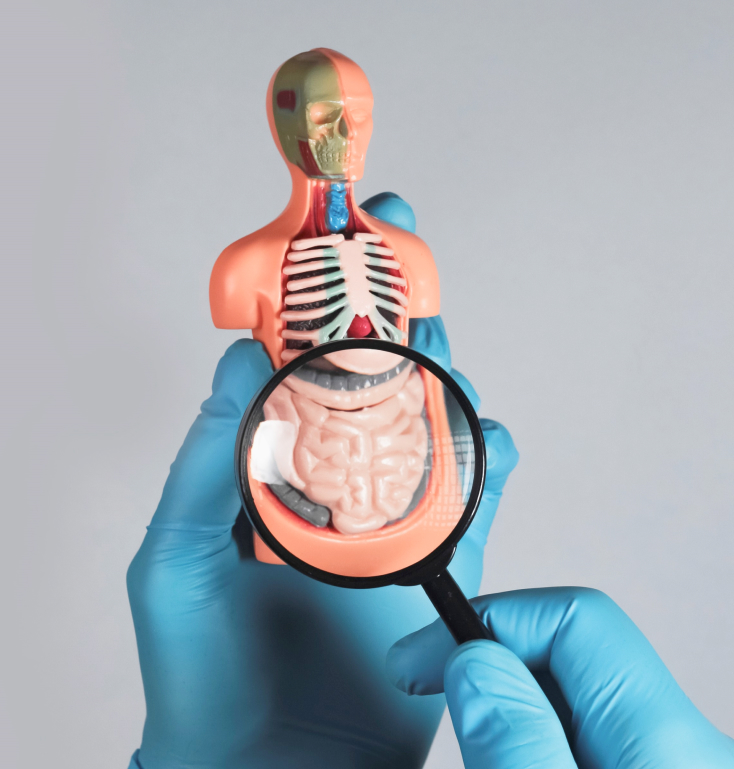Your Colorectal Health, Our Priority
With our comprehensive suite of screening services and treatment options, our experienced colorectal specialist and medical team promise you peace of mind whilst ensuring a strong and healthy colon.

Second Opinion

Seek a Second Opinionif You’ve Been Diagnosed with Colorectal Cancer
Have you received a cancer diagnosis? Do not panic – fortunately, nowadays, a lot of colorectal cancer cases can be managed with the right treatment.
Why seek out a second opinion?
- To confirm that your diagnosis is accurate and appropriate
- To ensure that your recommended treatment is the best for your situation
- To know and consider all your available treatment options
- To become better informed about your condition
Dr Ho Kok Sun has over two decades of experience in the diagnosis and treatment of colorectal cancer.
Do reach out to us for a comprehensive evaluation of your diagnosis.
The Next Steps
Here’s what you can expect when you visit our clinic to receive a second opinion of your diagnosis:
STEP 1:Evaluate with scans to determine if the cancer has spread
There are various ways to determine the spread. In general, a CT scan of the lungs, abdomen and pelvis would be done, to determine if there are any spread to the liver and the lungs, as well as other areas within the abdominal cavity.
In the case of cancer of the rectum, an MRI of the pelvis may be helpful to see the extent of spread of the tumour around the rectum. A PET scan may also be done, if necessary.
STEP 2:Surgery or Chemotherapy
In general, surgery is the first option when there is no evidence of the spread of the cancer.
If, unfortunately, scans show that the cancer has already spread beyond the area of surgery (e.g. to the liver or lungs), there should be a discussion between the surgeon and the medical oncologist (the specialist who gives chemotherapy) on how best to proceed.

If the cancer has not spread…
Surgery would be the next step. The aim of the surgery is to remove that segment of the colon or rectum with the cancer, along with the lymph nodes adjacent to it. In most cases, the colon / rectum can be joined back together and allow one to pass motion through the anus normally.
There are numerous methods to remove the tumour:
It is well established that open surgery with a much longer incision gives more pain after surgery, while keyhole surgery has less pain and a faster recovery.
Keyhole surgery nowadays is the standard of care, and open surgery should be reserved for specific cases such as when the tumour is too large to be removed through the small incision, or when the tumour involves multiple other organs.
That said, not all surgeons are trained to do laparoscopic and/or robotic colorectal surgery, which is more technically demanding on the part of the surgeon.
It is important to note that regardless of the type of surgery done, the removal of the colon and the surrounding lymph nodes should be the same. The difference is just how the colon is freed up and removed. Adequate removal of the colon and lymph nodes are key to reducing the chances of cancer recurrence.
Dr Ho Kok Sun is experienced in all types of surgical treatment for colorectal cancer, including laparoscopic surgery and robotic surgery, which provide numerous benefits to eligible patients.

If the cancer has spread…
Giving chemotherapy first in the presence of distant spread has numerous objectives.
First, it may shrink the cancer and make the surgery simpler. It also acts to see if the tumour will respond to chemotherapy.
In the unfortunate event that the tumour in the liver or lung does not respond to any chemotherapy and continues to grow, having surgery may be futile.
The only exception is if the tumour in the colon or rectum is large, and is already causing difficulty in passing stools. If so, the tumour may continue to grow and cause complete blockage of the intestines while on chemotherapy.
This then becomes an emergency and a surgical procedure would be required to treat the blockage. Having surgery while on chemotherapy has a higher risk of complications, so your doctor will have to carefully consider all options and outcomes in his or her treatment plan.
Our Colorectal SurgeonColorectal Specialist

Dr Ho Kok Sun
Consultant Colorectal & General Surgeon
MBBS (Singapore), M Med (General Surgery) (Singapore)
FRCS (General Surgery) (Edinburgh), FAM (Singapore)
Dr Ho Kok Sun has been committed to treating colorectal cancer through minimally invasive surgical techniques for over two decades. Dr Ho was previously President of the ASEAN Society of Colorectal Surgeons and the Society of Colorectal Surgeons (Singapore), as well as a founding member of the Eurasian Colorectal Technologies Association. Dr Ho was actively involved in the training of medical students and residents, and has published widely in reputable journals and book chapters. He believes that treatment should always be personalised to the patient’s needs.

